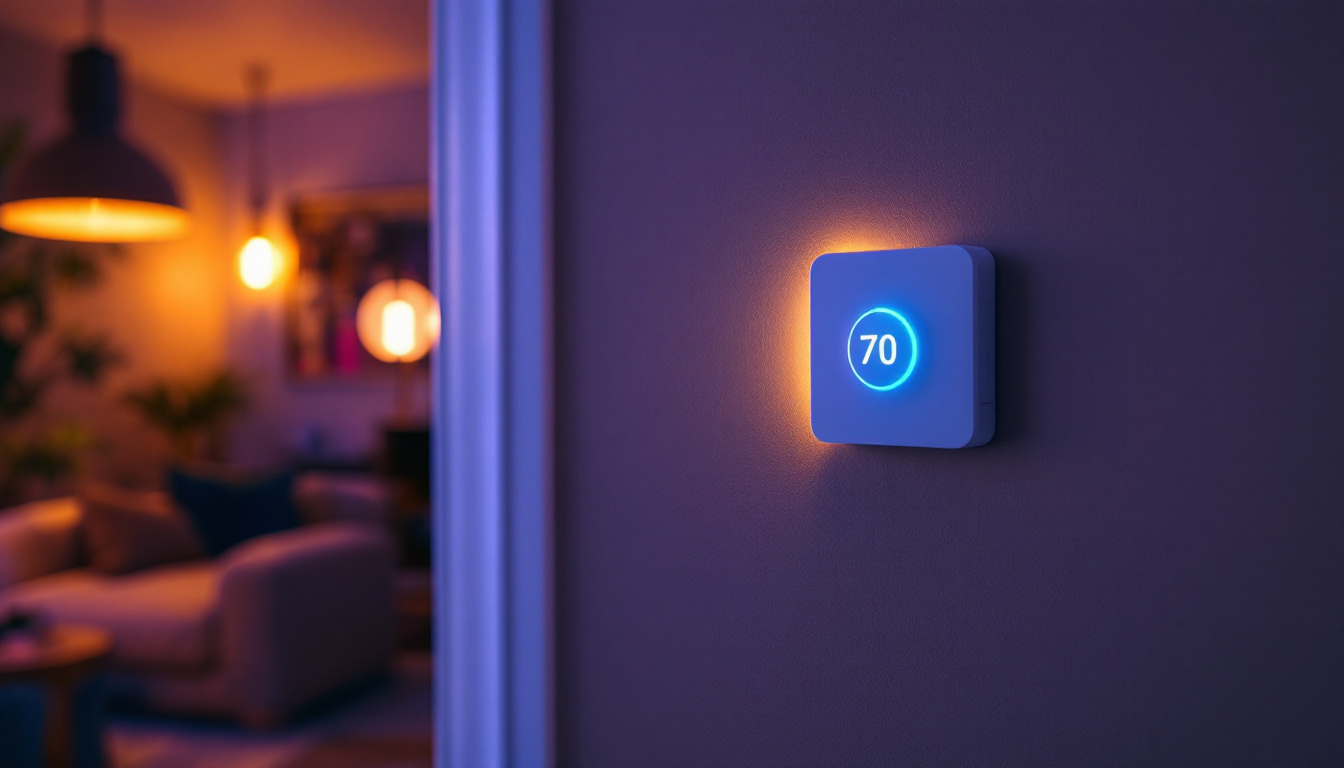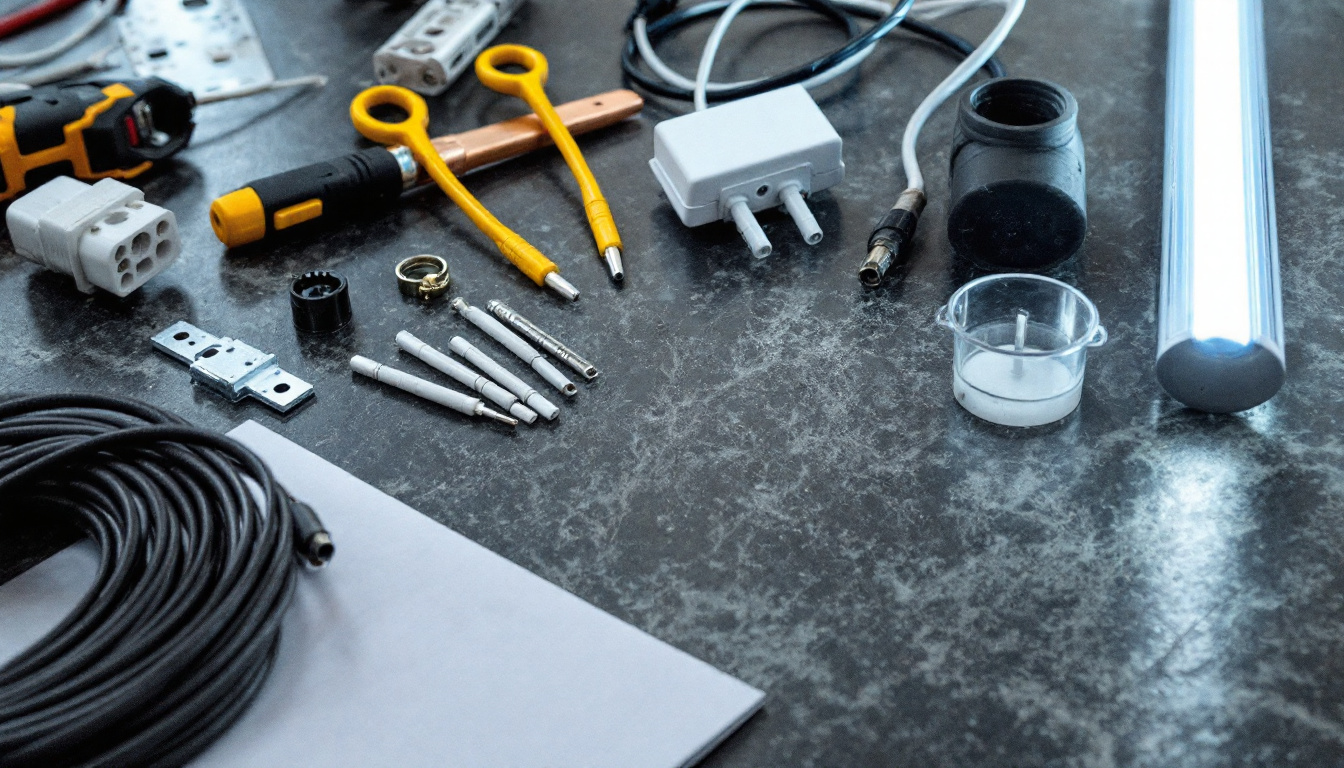
As the demand for energy-efficient solutions continues to rise, lighting contractors are increasingly turning to timer switches as a means to enhance the functionality and efficiency of lighting systems. This comprehensive guide aims to provide an in-depth understanding of timer switches, their benefits, installation procedures, and best practices for lighting contractors.
Timer switches are devices that control the operation of lights based on a pre-set schedule. They are designed to turn lights on and off automatically, providing convenience and energy savings. By integrating timer switches into lighting systems, contractors can offer clients enhanced control over their energy consumption.
There are several types of timer switches available on the market, each designed for specific applications. Understanding these types is crucial for contractors looking to recommend the best solution for their clients.
Incorporating timer switches into lighting systems offers numerous benefits, making them an attractive option for both contractors and clients. Some of the key advantages include:
Moreover, timer switches can be particularly advantageous in commercial settings, where they can help manage lighting in large spaces such as warehouses or retail stores. By programming the lights to align with business hours, companies can ensure that energy is not wasted during off-hours, contributing to a more sustainable operation. Additionally, many modern timer switches come equipped with features that allow for seasonal adjustments, accommodating changes in daylight hours throughout the year.
Another noteworthy aspect of timer switches is their ability to enhance the ambiance of a space. For instance, by setting lights to gradually brighten in the morning or dim in the evening, users can create a more pleasant and inviting atmosphere. This feature is particularly beneficial in hospitality settings, where the right lighting can significantly influence guest experiences. As clients become more aware of the importance of energy efficiency and smart home technology, the demand for timer switches continues to grow, making them a valuable addition to any contractor’s toolkit.
Proper installation is critical to ensure the effective operation of timer switches. This section outlines the essential steps and considerations for lighting contractors during the installation process.
Before beginning the installation, contractors should gather the necessary tools and materials. Common tools include:
Additionally, it is essential to review the manufacturer’s instructions for specific installation guidelines related to the chosen timer switch model. Understanding the specifications of the timer switch can also help in determining the appropriate location for installation, ensuring optimal functionality and accessibility for programming.
Follow these steps to install a timer switch effectively:
While installing timer switches is generally straightforward, contractors may encounter challenges. Some common issues include:
Moreover, contractors should be prepared for potential troubleshooting scenarios. For instance, if the timer switch does not respond as expected after installation, it may be due to a loose connection or incorrect wiring. It is advisable to double-check all connections and ensure that the timer is compatible with the load it is controlling. Additionally, educating clients on the features and benefits of their new timer switch can enhance their experience and satisfaction, making them more likely to utilize the device effectively for energy savings and convenience.
Once installed, programming timer switches is crucial to ensure they operate according to the client’s needs. This section provides an overview of programming techniques for different types of timer switches.
Mechanical timer switches are typically the easiest to program. Users simply turn the dial to set the desired on and off times. It is important to ensure that the timer is set to the correct time of day before programming the schedule.
Digital timer switches offer more flexibility, allowing users to set multiple on/off cycles throughout the week. Programming usually involves:
Contractors should provide clients with a clear guide on how to adjust settings as needed.
Smart timer switches can be programmed through smartphone applications. Users can customize schedules, adjust settings remotely, and even integrate the timer with other smart home devices. Contractors should encourage clients to explore the app’s features for maximum benefit.
Proper maintenance and troubleshooting are essential to ensure the longevity and functionality of timer switches. This section outlines best practices for keeping timer switches in optimal condition.
To maintain timer switches effectively, consider the following tips:
When timer switches do not operate as expected, troubleshooting can help identify the problem. Common issues include:
Educating clients about timer switches is vital for ensuring they maximize the benefits of their investment. This section discusses effective strategies for client education and support.
Contractors should provide clients with clear, easy-to-understand instructions for programming and maintaining their timer switches. This can include:
Establishing a support system for clients can enhance their experience and build trust. Consider offering:
Timer switches represent a valuable tool for lighting contractors seeking to enhance their service offerings. By understanding the types, benefits, installation processes, and programming techniques associated with timer switches, contractors can provide clients with efficient and effective lighting solutions. With proper education and support, clients can enjoy the full advantages of timer switches, leading to energy savings, increased security, and improved convenience.
Embracing timer switches not only benefits clients but also positions contractors as knowledgeable professionals in the evolving landscape of lighting technology. By staying informed and proactive, contractors can ensure their services remain relevant and in demand in a competitive market.
Ready to elevate your lighting projects with the most efficient timer switches on the market? Look no further than LumenWholesale, where we specialize in providing contractors with the highest quality, spec-grade lighting products at unbeatable wholesale prices. Say goodbye to local distributor markups and hello to our extensive selection that meets rigorous industry standards. With LumenWholesale, you can enjoy the convenience of bulk buying with free shipping, ensuring you get the best value without any hidden costs. Make your next project shine with reliability and performance by choosing Wholesale Lighting at the Best Value. Experience the LumenWholesale difference today!

Discover why purchasing construction and portable lighting in bulk from local distributors might not be the best choice.

Discover the essentials of light ballasts with expert insights tailored for lighting contractors.

Discover how LED linear high bay lights can revolutionize your lighting projects by saving contractors both time and money.

Discover essential insights into electrical supplies and mounting kits tailored for lighting contractors.